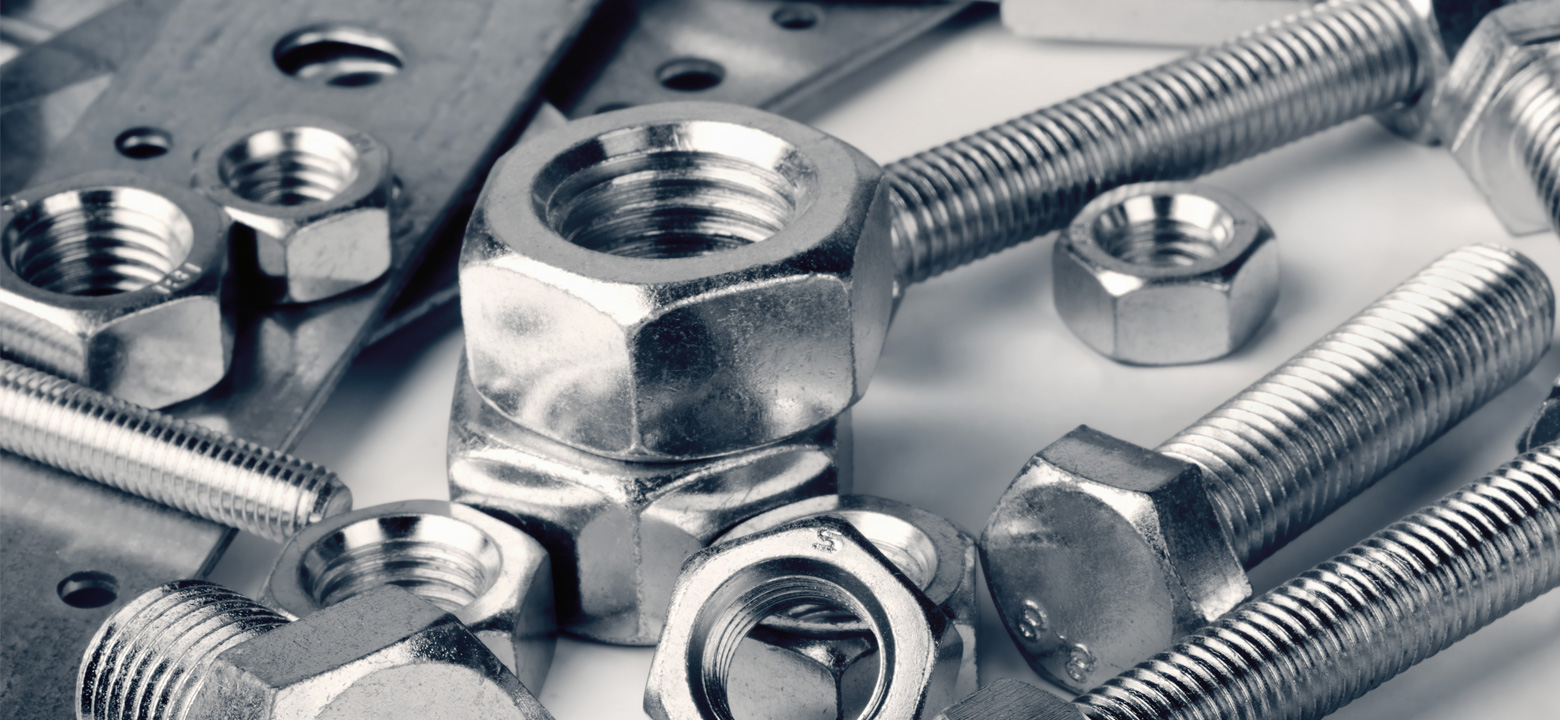
By definition, a fastener (US English) or fastening (UK English) is a piece of hardware made out of various materials, such as stainless steel, carbon steel, alloy steel, and others, used to mechanically join or affix two or more objects together, creating a non-permanent joint; that is, a joint that can be dismantled without causing damage to the affixed components. Most commonly, we know these to be bolts, nuts, screws, and rivets, among other various types.
Fasteners aren’t something most people spend much time thinking about, but the truth is, modern life as we know it wouldn’t be possible were it not for these smallest of components. Without fasteners, people would not be able to carry out every day routines like driving to work or carting around groceries. To gain an appreciation for these tiny unsung heroes of the manufacturing world, it helps to have a peek into their history.
Fasteners date back to some of the earliest civilizations and were often made of wood. One example, from ancient Greece, is the water screw, which aided farm irrigation, as well as was used to rid ships of bilge water. Because wood degrades with time, the parts wore out quickly and the demand for more of them was consistent.
By the third century, metals were being used more often in general, which led to the necessity for components that were capable of fastening metals together. Hence, the metal rivet was born.
In the tenth century, screws, nuts and bolts made their first appearances, and subsequently were put into heavy use. Detailed military records from that time indicate these fastener types were employed to put together large machines and vessels.
During this period, the variety in the number and types of fasteners also increased as well, and were starting to be made out of a wider variety of materials including iron, copper and brass. Furthermore, there are indications that people started using fasteners in industries other than the military, such as the manufacture of farming machines.
In general, the demand for fasteners correlated with the degree of advancing industrialization. By the mid-1700s, manufacturers like the Wyatt Brothers in the U.K. were making upwards of 150,000 of these parts per week. Likewise in the U.S., demand was high for these components, especially once the Civil War began and manufacturers were relied upon to make components for machinery used in battle and transportation.
Eventually a point came where manufacturers realized the need for standardizing the making of these parts. In 1841, Joseph Whitworth, an English engineer and entrepreneur, devised the British Standard Whitworth system, which created an accepted standard for screw threads. This system specified a 55° thread angle, a thread depth of 0.640327p, and a radius of 0.137329p, where p is the pitch. Twenty-three years later, William Sellers, an American mechanical engineer, inventor, and businessman, proposed the first uniform system for fastener production in the United States. His proposal utilized rounded screw threads as opposed to flattened.
With these standardizations in place, the fastener industry thrived in the U.S. and abroad—for a while. It wasn’t until World War I and World War II that problems arose with the clashing of these two separate international systems of manufacturing. Because of incompatibility differences in the way fasteners were being made in their respective parts of the world, field repairs of vehicles, firearms, and other equipment were found to be challenging, and the temporary fixes that were employed were often less than ideal.
In 1947, permanent standardization for the entire fastener industry finally arrived with the formation of the International Organization for Standardization, or ISO. This organization was, and remains, the world’s largest developer of voluntary international standards, and was established to facilitate world trade by providing common standards between nations in a multitude of industries - everything from manufactured products and technology, to healthcare, agriculture, and food safety.
When it came to screw threads, the ISO implemented two methods for manufacturing: the ISO inch and ISO metric. With these universal standards now in place, fastener production was able to move forward with global translatability and consistency.
Today, fasteners are critical to a vast number of industries including:
We often take these tiny components for granted, but it’s important to remember that the whole is a sum of its parts. Without the aid of fasteners, we’d be without many of the modern necessities and luxuries that we’ve come to rely on in order to be able to survive, and thrive within, our daily lives.